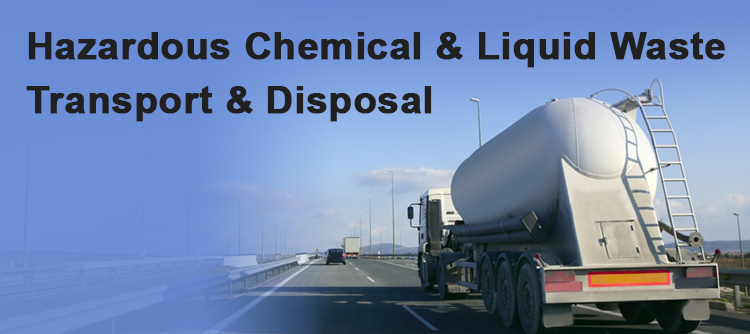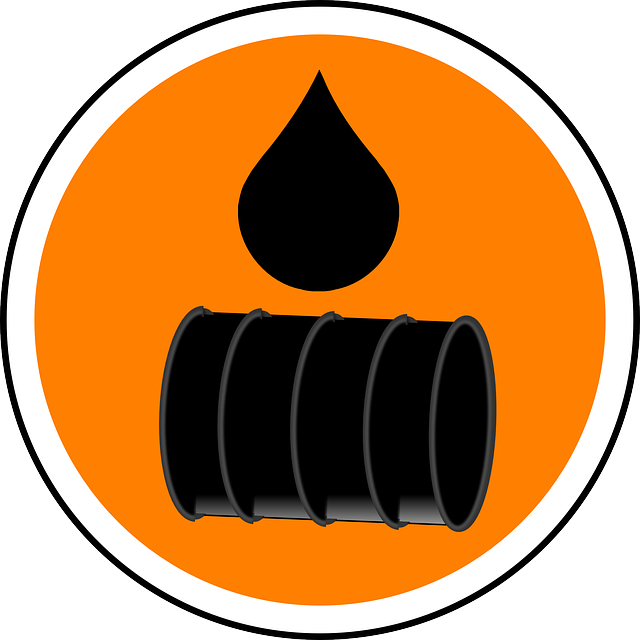Leading Liquid Waste Disposal Melbourne: Trusted Providers for Correct Waste Monitoring
Leading Liquid Waste Disposal Melbourne: Trusted Providers for Correct Waste Monitoring
Blog Article
How Liquid Waste Disposal Works: A Comprehensive Introduction of Techniques and Technologies Used

Review of Fluid Waste Types
The complexity of fluid waste types necessitates a detailed understanding of their qualities and effects for disposal. Fluid waste can generally be categorized right into several types, consisting of industrial, municipal, farming, and contaminated materials. Each group exhibits distinct residential properties, requiring certain administration strategies to alleviate environmental and wellness dangers.
Industrial liquid waste stems from producing processes and frequently includes a range of pollutants, such as hefty metals, solvents, and organic compounds. Metropolitan liquid waste, mostly comprising wastewater from households and commercial facilities, has natural issue, nutrients, and virus (industrial wastewater treatment). Agricultural fluid waste, consisting of drainage from ranches, might consist of plant foods, pesticides, and animal waste, presenting dangers to water top quality and ecosystems
Dangerous liquid waste is identified by its toxicity, sensitivity, or potential to trigger damage. This classification includes materials like acids, bases, and certain chemicals that demand rigid handling and disposal protocols. Understanding these varied liquid waste types is critical for developing reliable disposal techniques and making sure conformity with ecological regulations. Appropriate classification and characterization are important for implementing suitable therapy methods and minimizing the negative effect on public health and the environment.
Physical Treatment Approaches

Testing is the preliminary action, where bigger bits and debris are eliminated from the fluid waste making use of displays or grates. In sedimentation storage tanks, heavier particles work out at the base, developing a sludge layer, while the made clear fluid can be more dealt with.
Purification is an additional important technique that involves passing the fluid via permeable products, such as sand or membranes, to capture smaller particles. This action boosts the high quality of the liquid, making it suitable for succeeding therapy processes.

Chemical Treatment Techniques
Chemical treatment techniques are important for efficiently handling liquid waste, specifically in resolving dissolved and colloidal contaminants that physical approaches may not effectively get rid of. These strategies make use of various chemical agents to counteract, precipitate, or change unsafe materials right into less harmful forms.
One usual approach is coagulation and flocculation, where chemicals such as alum or ferric chloride are added to advertise the aggregation of put on hold bits. This process improves sedimentation, enabling less complicated elimination of the resulting sludge. Furthermore, oxidation processes, utilizing agents like chlorine or ozone, are employed to break down complicated natural compounds and pathogens, rendering the waste safer for discharge or more treatment.
Neutralization is an additional crucial method, which readjusts the pH of acidic or alkaline waste streams to neutral levels, preventing possible harm to downstream systems and the environment. In addition, advanced oxidation processes (AOPs) make use of mixes of oxidants click to find out more and ultraviolet light to degrade consistent pollutants, achieving a greater level of treatment performance.
Biological Therapy Processes
Organic treatment processes play a crucial function in the management of fluid waste by utilizing microorganisms to disintegrate raw material and reduce impurity degrees. These procedures can be broadly classified right into anaerobic and cardio therapies, each utilizing details microbial areas to attain effective waste deterioration.
Cardiovascular treatment entails making use of oxygen to help with the break down of organic materials by microorganisms. This process is commonly executed in activated sludge systems, where aeration tanks supply a conducive environment for microbial growth, bring about the go to my blog oxidation of organic contaminants. The resultant biomass can be divided from treated effluent with sedimentation.
In comparison, anaerobic treatment happens in the absence of oxygen, relying on different microorganisms to damage down natural issue. This method is particularly advantageous for high-strength waste, as it generates biogas, a sustainable power source, while reducing sludge production. Technologies such as anaerobic digesters are regularly used in industrial and municipal applications.
Both cardio and anaerobic biological treatments not just minimize the environmental influence of liquid waste yet additionally promote source recovery, making them vital elements of sustainable waste administration approaches. Their efficiency, versatility, and efficiency support their prevalent application throughout different markets.
Emerging Technologies in Disposal
Cutting-edge approaches to liquid waste disposal are quickly developing, driven by improvements in innovation and an enhancing emphasis on sustainability. Amongst these emerging innovations, membrane bioreactors (MBRs) have actually gained grip for their ability to combine organic therapy with membrane filtering, causing high-grade effluent that can be recycled in different applications. MBRs allow smaller impacts and extra efficient procedures compared to conventional systems.
Another appealing development is the use of anaerobic digestion combined with nutrient recovery innovations, which not only treats fluid waste however additionally produces biogas and recoups valuable nutrients Our site like nitrogen and phosphorus. This dual benefit improves source efficiency and lowers environmental influence.
Furthermore, progressed oxidation procedures (AOPs) are being embraced for the destruction of complicated natural toxins. These techniques utilize powerful oxidants and catalysts to damage down impurities at the molecular level, supplying an extremely efficient option for tough waste streams.
In addition, the combination of expert system and device understanding in waste monitoring systems is enhancing functional effectiveness and predictive upkeep, causing decreased prices and improved environmental compliance. These modern technologies reflect a significant shift towards even more effective and sustainable liquid garbage disposal techniques.
Final Thought
In final thought, reliable fluid waste disposal requires a detailed understanding of numerous strategies and technologies. By continually progressing these techniques, it comes to be feasible to attend to the expanding difficulties connected with fluid waste, inevitably adding to environmental security and resource healing.
Fluid waste disposal is a crucial aspect of ecological monitoring, calling for a comprehensive understanding of various methods and innovations tailored to different waste kinds. Fluid waste can extensively be classified into a number of types, consisting of industrial, local, farming, and unsafe waste. Agricultural liquid waste, consisting of overflow from farms, might contain plant foods, chemicals, and pet waste, positioning risks to water top quality and environments.
Numerous physical therapy techniques play a crucial duty in handling liquid waste successfully - industrial wastewater treatment.In verdict, efficient liquid waste disposal necessitates a comprehensive understanding of various strategies and modern technologies
Report this page